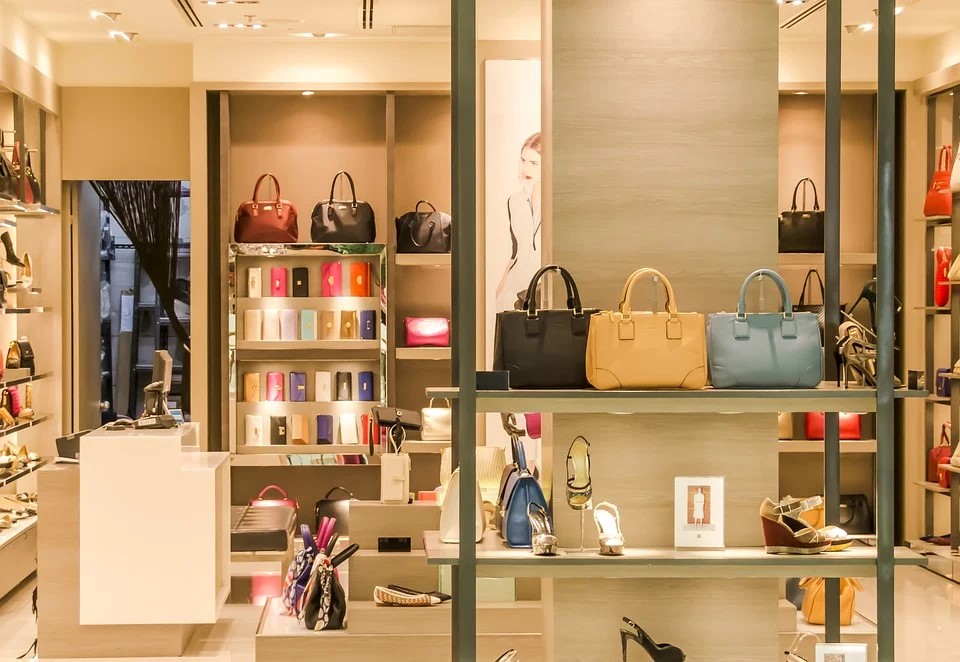WM Market Reports
Asia Is Most Expensive Region – Julius Baer Study

The Swiss bank has released its third edition of the Global Wealth and Lifestyle Report, reflecting the spending patterns of high net worth individuals and analyzing prices in 24 key cities around the world.
Asia continues to be the most expensive region in the world
whilst European cities remain relatively expensive and the
Americas the cheapest overall, Julius Baer Global
Wealth and Lifestyle Report 2022 reveals.
“The enduring effects of the pandemic, combined with a
complicated set of macro-economic conditions and supply chain
disruptions, has caused price rises for three-quarters of the
goods and services in our Lifestyle Index,” Nicolas de
Skowronski, head of Wealth Management Solutions at Julius Baer
said.
In terms of their global rankings, relative to each other, the
report finds that Asia, EMEA, and the Americas are unchanged from
last year.
Using its wide-ranging Lifestyle Index, Julius Baer tracks prices and consumer behaviour around the world to gauge the price inflation of a basket of goods and services representative of the high net worth individual lifestyle in cities around the world. With this, the firm said investors can estimate the portfolio returns needed to preserve, or even grow, their purchasing power.
While they are more insulated from rising prices for basic
household goods and food, the surge in global inflation in recent
months isn't leaving HNW individuals unscathed, prompting wealth
managers to rethink investment strategy.
Asia-Pacific
According to the report, the Asia-Pacific region has four cities
in the top five most expensive cities. Shanghai is at the top of
the ranking, experiencing the highest weighted-average price
increase (30 per cent). Tokyo is the biggest faller in the global
rankings overall, mostly down to the value of the Japanese yen,
which depreciated considerably against the dollar. China is also
still set to be the world’s biggest market for luxury goods by
around 2025, the report finds.
EMEA
EMEA remains the second most expensive region to live in, with
four cities in the top ten (London, Monaco, Zurich, Paris).
Unsurprisingly, London is the biggest riser, reaching second
place from eighth, driven by strong increases in residential
property and hospitality services. Monaco, ranked in sixth
position, also has the world’s priciest residential property,
coming in at 242 per cent more expensive than the regional
average.
The Americas
The Americas, which is still the most affordable region to
live well, does not have a single city in the top ten, the report
finds. Cars and residential property are far less expensive
compared with other regions. The region nevertheless has two
high-potential, developing economies in Brazil and Mexico. Should
similar market conditions continue, it is not inconceivable that
next year the US and Canada will have been surpassed in cost
by their southern neighbours, the report states. In particular,
São Paulo shot up the ranking by nine places to 12th this year
and Mexico City rose to 22nd. With the exception of New York,
which ranked 11th, North America’s low rankings could largely be
explained by the temporary weakness of the dollar during the
recovery from the pandemic, the report adds. Vancouver, which
came in 20th position, has the highest number of least expensive
items regionally.
Basket changes
Looking at overall changes in the basket of goods, Christian
Gattiker, head of research at Julius Baer said: “While the
financial situation of many HNWIs has actually improved over the
last year, the concurrent increase in the basket of goods and
services that make up our Lifestyle Index means the ‘money
illusion’ of previous years still lingers, eroding the purchasing
power of wealthy individuals.”
Two of the biggest risers in goods were whisky (+27.4 per cent)
and bicycles (+30.4 per cent) both due to a global shortage, the
report shows. Technology also shot up by 41 per cent whilst cars
fell by 9.5 per cent. One of the biggest fallers was wine (-26.1
per cent): Château Lafite 2015 replaced the 2009
vintage. Although it is of comparable quality, it is more
widely available and does not command such high prices.
For the first time, the report also includes a Lifestyle Survey
that asks HNW individuals s across the world about their
consumption, spending, and investment habits. It shows how HNW
individuals are increasingly aligning their financial and
investment decisions more closely with their personal values. In
all regions, sustainability is a very, if not extremely,
important consideration for most respondents. HNW individualss
generally want to promote sustainability through investments,
which is why ESG plays an increasingly important role when it
comes to investment decisions, it concludes.